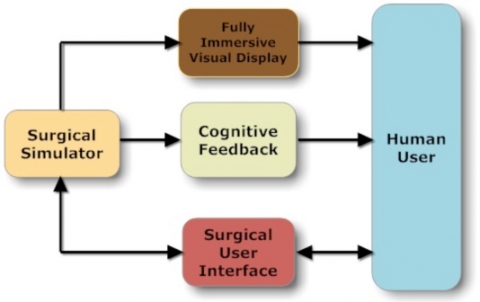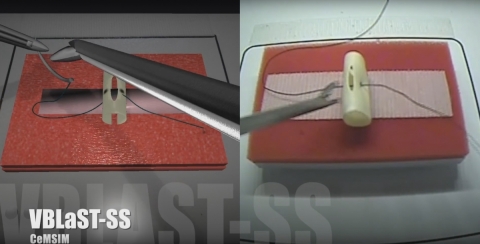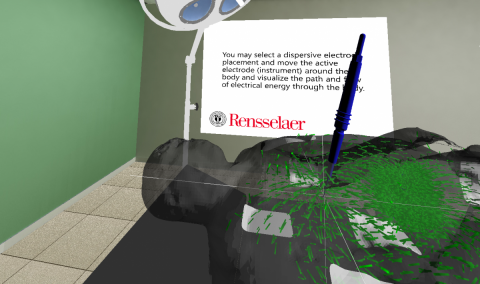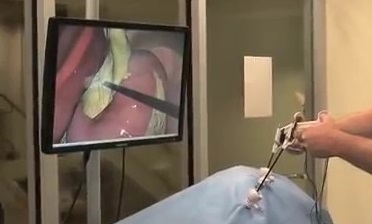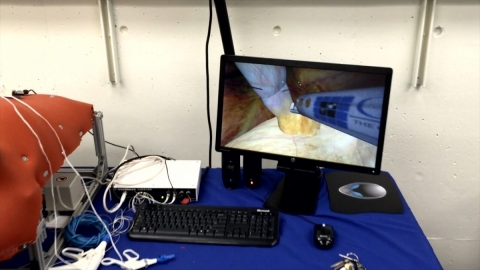Completed Projects
Working closely with the Fundamentals in Laparoscopic Surgery (FLS) committee, Harvard Medical School and Tufts University, this project aims at developing and validating a virtual reality simulator for the FLS tasks (peg transfer, pattern cutting, ligating loop, suturing with intracorporeal and extracorporeal knot tying).
This project aims at developing and validating a virtual reality-based simulator for the laparoscopic gastric banding procedure. Preliminary clinical validation studies have been performed in 2010 at Harvard Medical School.
Natural Orifice Translumenal Endoscopic Surgery (NOTES) is an emerging surgical paradigm, where peritoneal access is achieved through one of the natural orifices of the body. It is being reported as a safe and feasible surgical technique with significantly reduced external scarring. Virtual Translumenal Endoscopic Surgical Trainer (VTEST™) is the first virtual reality simulator for the NOTES. Through collaboration with clinical leaders in the NOTES field, the VTEST™ simulator was designed to train surgeons to successfully complete a hybrid transvaginal NOTES cholecystectomy procedure.



